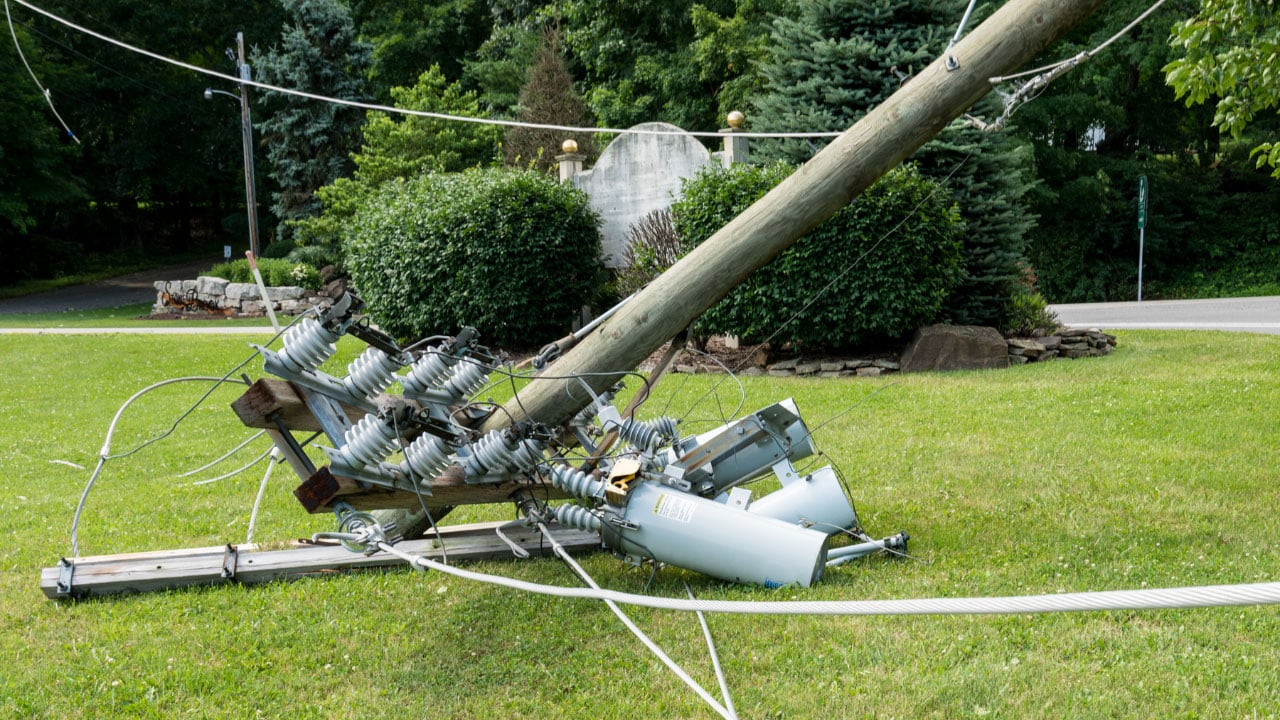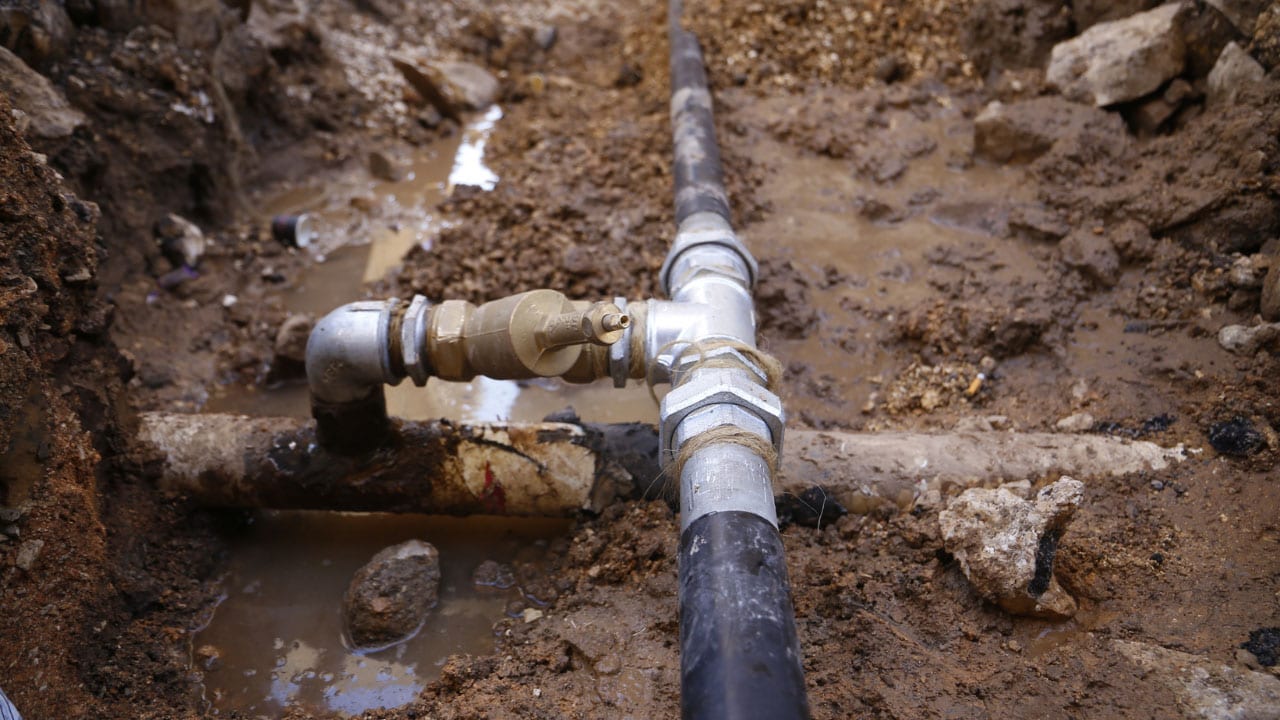Key Takeaways
- Contact your utility company immediately if you find an exposed power line.
- Use professional utility locating services to prevent accidental utility strikes.
- Ground penetrating radar and metal detectors are essential tools for locating underground utilities.
- Always mark utilities with white paint before any excavation.
- Distinguish between public and private utilities to ensure proper maintenance and safety.
An exposed power line is a serious hazard that needs immediate attention. If you find an exposed power line on your property, it’s essential to stay away from it and contact your local utility company immediately. Proper utility locating services can help identify the exact location of other underground utilities to prevent further issues.
Discovering an exposed power line can be alarming, but knowing how to handle the situation is crucial for your safety and the safety of others. In this guide, we’ll cover the steps to take when encountering an exposed power line and the importance of using utility locating services to prevent such occurrences in the future.
Signs of a Utility Strike
A utility strike occurs when an underground utility line is accidentally hit during excavation or construction. Recognizing the signs of a utility strike is crucial for ensuring immediate and appropriate action. Here are some common indicators that a utility strike has occurred:
1. Hissing Sound
A hissing or whistling noise is a clear sign that a gas line has been punctured. This sound results from gas escaping under pressure and can signal a dangerous situation that requires immediate evacuation and emergency response.
2. Sudden Loss of Service
If you experience an unexpected loss of water, electricity, or internet service, it may indicate that a utility line has been damaged. For example, hitting an electrical line can result in power outages, while damaging a water line can cause a sudden drop in water pressure or complete loss of water supply.
3. Unusual Smells
A strong smell of gas or chemicals is a serious warning sign of a utility strike. Natural gas is often odorized with a sulfur-like scent to make leaks detectable. If you notice this smell, evacuate the area immediately and contact emergency services.
4. Visible Damage
Seeing exposed or damaged utility lines, such as cut wires or broken pipes, indicates a utility strike. It’s important to cease all work and secure the area to prevent further damage or injury.
5. Water or Soil Eruption
If water or mud starts erupting from the ground, it likely means a water or sewer line has been compromised. This can lead to flooding and contamination, necessitating prompt action to mitigate damage.
Immediate Steps to Take When You Find an Exposed Power Line
1. Stay Clear and Alert Others
The first and most important step is to stay at least 30 feet away from the exposed power line. Ensure that others are aware of the danger and keep them away as well. Do not attempt to touch or move the power line under any circumstances.
2. Contact Your Utility Company
Immediately contact your utility mapping company to report the exposed power line. They have the necessary resources and expertise to handle such emergencies. Providing them with the exact location of the exposed line will help them respond more efficiently.
3. Avoid Contact with Metallic Objects
Ensure that no one comes into contact with any metal objects near the exposed power line, as metal can conduct electricity. Keep pets and children inside until the area is deemed safe by professionals.
Understanding Utility Ownership
It’s important to distinguish between public and private utilities. Public utilities are typically maintained by the utility company, while private utilities are the responsibility of the property owners. Private utility locators can be hired to identify and mark private utility lines on private property.
Utility owners maintain records of their infrastructure, which can be useful in locating underground lines. Accessing utility owner records can provide additional information about the location and type of utility lines on your property.
Legal and Safety Considerations
Before starting any excavation project, it’s a legal requirement to notify the relevant authorities and utility operators. This notification must be made a few business days in advance to allow time for utilities to be marked.
Always follow safety protocols to avoid damage to utilities. This includes respecting the markers and avoiding any digging near underground water, gas, or electrical lines. Safety measures are crucial to preventing service disruptions and ensuring the safety of everyone involved.
Importance of Professional Utility Locating Services
Preventing utility strikes involves understanding the layout of underground utilities on your property. Professional utility locating services use advanced tools like ground penetrating radar and magnetic locators to identify the precise location of utility lines. This helps avoid accidental damage during digging or construction activities.
Ground penetrating radar (GPR) and metal detectors are commonly used to locate underground lines. GPR is particularly useful for identifying both metallic and non-metallic utilities, while metal detectors are effective for finding metal objects such as pipes and cables.
Hiring utility locating services like Util-Locate ensures that all underground utility lines are accurately located and marked. This prevents accidental strikes and ensures that digging projects can proceed safely. Util-Locate uses advanced technology such as ground penetrating radar to provide precise results.
Find Expert Utility Locating Services in California
Finding an exposed power line is a serious issue that requires immediate action. By contacting your utility company, avoiding contact with the line, and using professional utility locating services in California, you can ensure safety and prevent future problems. Understanding the layout of underground utilities and following safety protocols is essential for any property owner.
Ensure the safety of your property by engaging Util-Locate for professional utility locating services. Our experts use advanced tools like ground penetrating radar to precisely locate underground utility lines, preventing accidental damage and ensuring safe digging. Contact us today to safeguard your home and projects.




